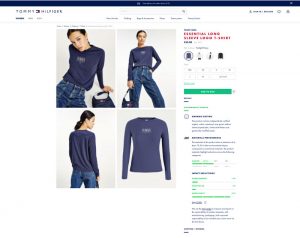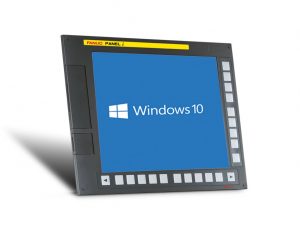
CHELMSFORD, Mass. — September 27, 2021 — FRX Polymers Inc., a global supplier of polymeric halogen-free flame retardant solutions, announced today the appointment of industry veteran Dr. Mike Goode as chief commercial officer. The appointment — announced by Marc-André Lebel, president and CEO of FRX Polymers — bolsters the company’s leadership team as it ramps up commercial activities for its breakthrough line of polymeric halogen-free flame retardant (FR) products.
Goode will have direct overall responsibility for sales, marketing, application development, and research activities within FRX Polymers, and will report to Lebel.
“We’re thrilled to announce this important leadership appointment as FRX Polymers hits an inflection point for accelerated growth of its unique non-halogen polymeric flame retardants for a range of markets,” Lebel said. “We’re excited to be able to attract someone of Mike’s stature to help us expertly manage and direct our technical and marketing resources through this growth phase.” Lebel said Goode brings a wealth of commercial and technical knowledge and experience in the flame retardant business, and an in-depth understanding of regulatory matters, and has a keen interest in sustainable chemistry which is so vital today in flame retardant additives.
Goode has worked in phosphorus-based flame retardants and fire-resistant chemicals for 28 years. “I look forward to joining FRX’s dynamic team and playing a key role in the commercial success of this groundbreaking FR technology,” Goode said. “Our global strategic plan is to marshal our technical and marketing resources with the goal of delivering exponential growth for our unique FR products.”
Specifically, Goode envisions a strong potential to grow FRX Polymers’ sustainability footprint in the area of flame retardant additives for high-performance applications in textiles, electronics, automotive, medical, and coatings.
Most recently, Goode was vice president of sales and marketing for ICL Industrial Products’ bromine and phosphorus-based flame retardants businesses in the Americas for 13 years. Previously, he worked at Chemtura in several commercial and technical roles including vice president of research, development, and technology, and vice president of marketing for Polymer Additives. Goode earned his undergraduate, graduate, and doctoral degrees from Oxford University, U.K., and began his career at ICI working in textile dyes as well as additives for plastics and coatings.
Lebel said Goode has worked extensively on sustainable chemistry and has known FRX Polymers from its early days, advising on applications and the first toxicology testing of the company’s patented key monomer.
FRX’s patented Nofia® branded products have already made major inroads in a range of end uses and have the potential to disrupt the fire-retardant supply chain. Nofia products’ unique properties coupled with an outstanding sustainability profile allow them to be used as a replacement for many of today’s sustainability challenged FR additives. The recognized advantages of the Nofia range have caught the attention of numerous companies and these non-halogen products are being applied by best-in-class multinationals across plastics, textiles, and consumer electronics supply chains.
Nofia phosphonates are produced using sustainable green chemistry principles such as a solvent-free production process, no waste by-products, and near 100-percent atom efficiency. FRX Polymers’ portfolio includes an extensive and growing patent estate. To date, the company has more than 100 granted applications. The company has been the recipient of numerous awards, including the EPA’s Environmental Merit Award, the Belgium Business Award for the Environment, and the Flanders Investment of the Year Award. FRX Polymers was also recognized six times on the Global Cleantech 100 list.
Posted September 27, 2021
Source: FRX Polymers Inc.







